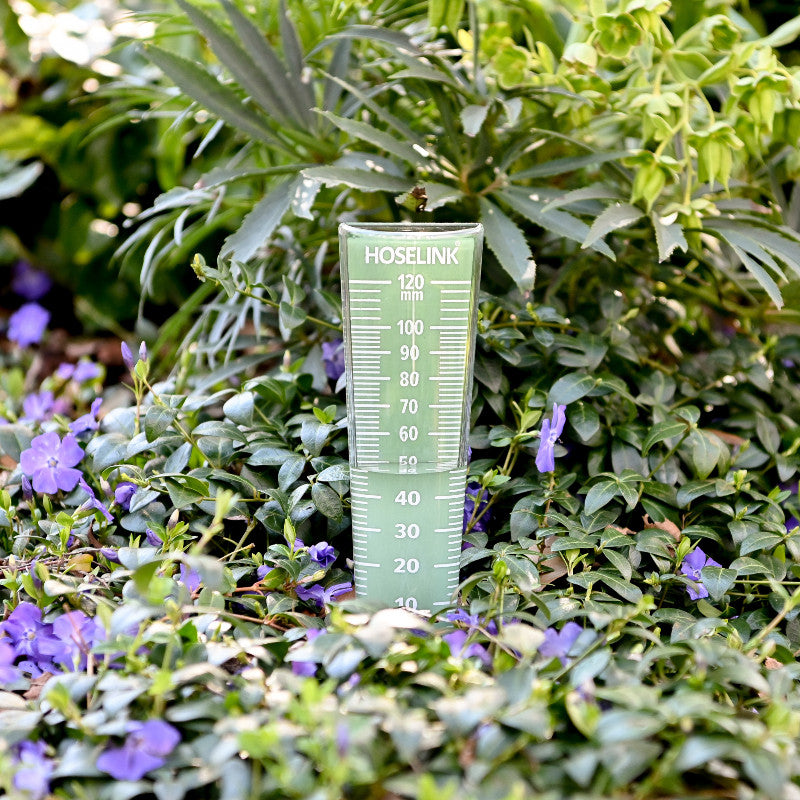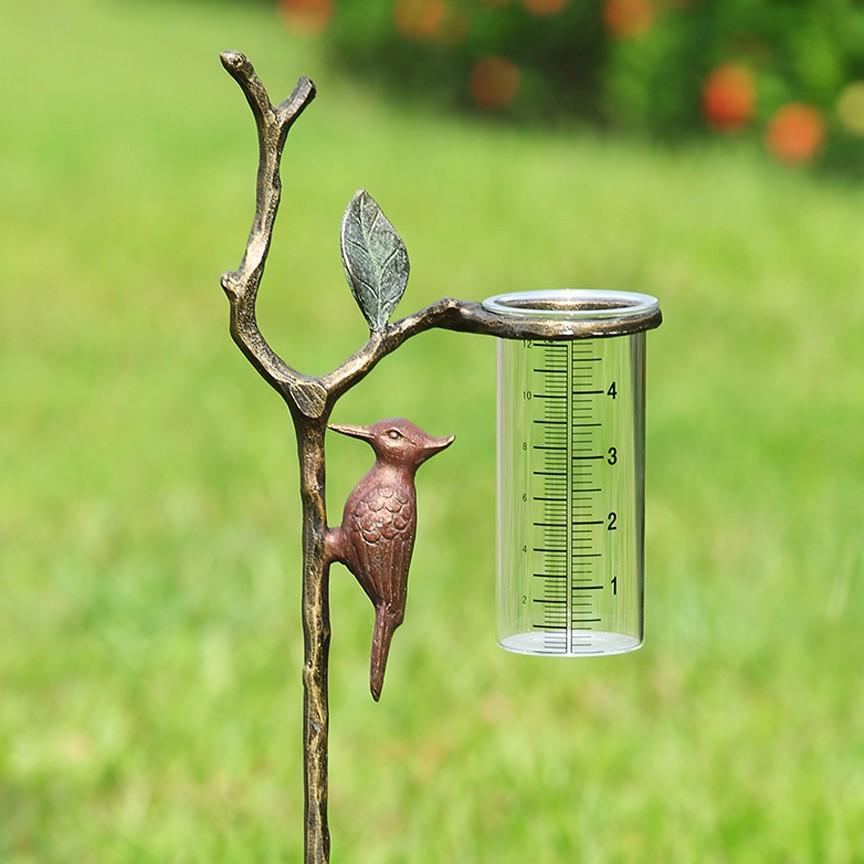Rain Gauge Purchasing Overview: What You Need to Know for Optimal Efficiency
Discover the Leading Advantages of Using a Modern Rainfall Gauge for Accurate Weather Monitoring and Projecting

Improved Data Precision
Making use of a modern-day rainfall scale dramatically boosts the accuracy and dependability of data gathered on precipitation degrees. Typical rainfall assesses usually encounter constraints such as evaporation losses, wind effects, and manual reading mistakes, causing unreliable data. On the other hand, modern-day rainfall evaluates are equipped with sophisticated innovations like ultrasonic sensors, tipping pails, or evaluating mechanisms that provide more exact and real-time data on rains intensity and period.

The improved information accuracy used by modern rain determines is vital for different applications, consisting of flood forecasting, water source administration, farming, and urban planning. By precisely determining rains patterns, these evaluates allow researchers and meteorologists to much better understand regional weather conditions and patterns, resulting in more trustworthy forecasts and very early caution systems for extreme weather events.
Furthermore, the information accumulated from modern-day rainfall gauges can be easily integrated right into climate surveillance networks and analyzed using sophisticated software application, improving the total accuracy and efficiency of precipitation data interpretation. Generally, using modern-day rainfall determines plays an important role in enhancing the top quality of weather-related information for a wide variety of functional purposes.
Real-Time Updates
Integrating innovative sensing units and interaction systems, modern-day rainfall evaluates offer immediate updates on rainfall levels, ensuring timely and accurate data for various applications. Real-time updates play an essential duty in weather condition surveillance and forecasting by allowing meteorologists, researchers, and other customers to react immediately to changing weather. These updates permit the monitoring of rainfall strength, period, and patterns as they occur, enhancing the ability to forecast prospective flooding, droughts, or various other weather-related events accurately. By obtaining constant details on rainfall levels, customers can make educated choices relating to agricultural tasks, water resource monitoring, and emergency response efforts. Additionally, real-time updates from modern-day rainfall evaluates add to the enhancement of weather condition models and projections, eventually enhancing the total precision of weather forecasts. The instantaneous nature of these updates additionally helps with the integration of rainfall scale information into various automated systems, even more enhancing the process of climate surveillance and evaluation.
Improved Forecasting Precision
Offered the real-time updates supplied by modern-day rain evaluates, the enhanced accuracy in forecasting weather becomes increasingly obvious. By precisely measuring rains levels as they take place, modern-day rainfall determines make it possible for meteorologists and weather experts to make more educated predictions about future climate patterns. This better projecting precision is crucial for a range of fields and industries, consisting of my latest blog post emergency, agriculture, and transport management.
The information gathered by contemporary rainfall assesses permits the growth of more trustworthy climate versions, which in turn leads to much more exact forecasts. rain gauge. With this boosted accuracy, organizations can better prepare for possible disturbances brought on by severe weather condition occasions, farmers can make educated decisions regarding watering and crop administration, and emergency -responders can prepare for and respond to all-natural disasters much more efficiently
Reliable Resource Planning
Effective source planning is essential for enhancing procedures and optimizing performance in numerous sectors. Modern rainfall evaluates play a vital function in enhancing resource preparation by supplying precise and real-time information on precipitation degrees. By utilizing data collected from these advanced rainfall gauges, services and organizations can make informed choices relating to resource allotment, particularly in sectors heavily affected by climate conditions such as agriculture, construction, and transport.
In agriculture, as an example, having accessibility to accurate rainfall dimensions enables farmers to intend irrigation timetables better, making sure that crops obtain adequate water without waste. Similarly, in building, recognizing the specific quantity of rains can help job supervisors change timelines and allot resources appropriately to prevent delays and cost overruns. In addition, in the transportation industry, precise rains data enables authorities to implement aggressive measures to stop flooding, reduce traffic jam, and ensure the security of commuters.

Advanced Technology Combination
With the quick innovations in modern technology, the visit site assimilation of modern-day rain evaluates has actually reinvented the means rainfall information is collected and utilized for various functions. Advanced modern technology assimilation in rainfall gauges includes the consolidation of sensing units that can identify not only the amount of rainfall however likewise the strength and duration of precipitation events. These sensors can supply real-time information, enabling even more exact climate surveillance and projecting.

Furthermore, some modern rainfall gauges are incorporated with cloud-based storage systems, making it possible for users to accessibility historical rainfall data conveniently - rain gauge. This historical information can be valuable for pattern evaluation, drought surveillance, and water resource management
Final Thought
To conclude, the usage of a modern-day rain scale offers many advantages for accurate climate monitoring and forecasting. With improved information precision, real-time updates, enhanced projecting accuracy, efficient resource preparation, and progressed technology combination, climate Discover More Here tracking comes to be much more reliable and reliable. By utilizing these advanced tools, meteorologists and other experts can make even more educated decisions and much better get ready for weather-related occasions.
In the realm of weather condition tracking and forecasting, the usage of contemporary rain evaluates has reinvented the method meteorological data is gathered and examined. Furthermore, real-time updates from contemporary rain evaluates add to the enhancement of climate versions and forecasts, inevitably improving the general accuracy of weather forecasts. The rapid nature of these updates additionally promotes the combination of rain gauge information right into different automated systems, even more streamlining the procedure of climate tracking and analysis.
By properly gauging rainfall levels as they take place, contemporary rain gauges make it possible for meteorologists and climate professionals to make more enlightened predictions about future climate patterns. By using information accumulated from these sophisticated rain determines, companies and companies can make enlightened decisions concerning source allotment, specifically in markets greatly affected by climate conditions such as transport, construction, and agriculture.